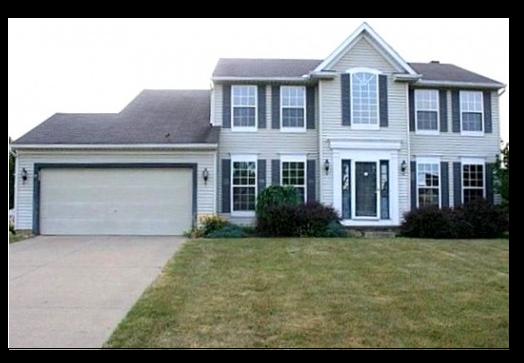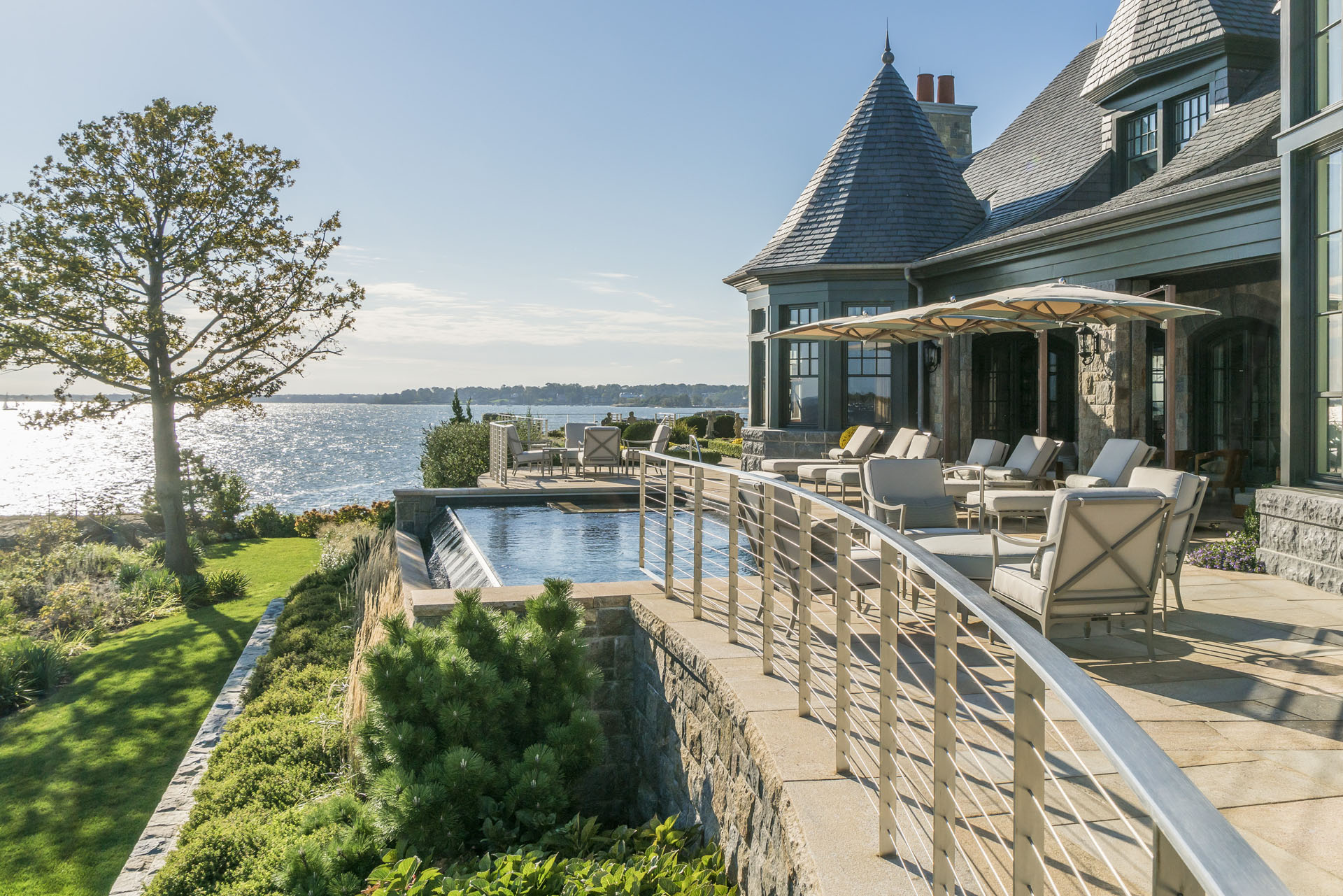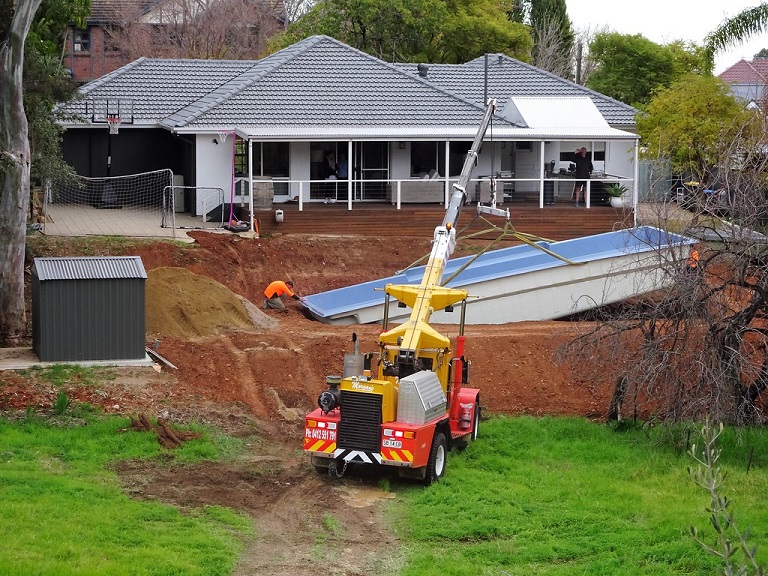When starting an exterior home remodeling project, the first thing you need to do is check the condition of your home’s exterior structure and surfaces. You need to know about any serious issues that could compromise the remodel before choosing things like paint colors. This way, you avoid wasting money covering up issues that you’ll need to fix later and plan out the project by focusing on what matters most. This is a critical early step, and skipping it can lead to costly repairs and disappointing results.
Key Takeaways
- Always begin your exterior remodeling with a thorough professional inspection to identify structural issues, moisture problems, and safety concerns.
- Focus on weatherproofing and structural repairs before cosmetic upgrades to protect your investment.
- Plan for permits and design elements early to avoid expensive delays and compliance issues.
- Create a realistic budget that prioritizes essential repairs and includes a 10-20% contingency fund.
- Hire licensed, experienced contractors with local knowledge and verified references.
Why Is a Professional Exterior Home Inspection the Critical First Step?
The first step in exterior remodeling is a full inspection of your home’s structure, surfaces, and systems. It identifies serious problems like roof damage or wood rot, preventing you from building on top of them. Not fixing issues like these can cause expensive repairs and compromise your exterior remodel.
- Check the roof and gutter system for leaks or sagging – Identifying roof damage early can prevent water intrusion that would damage new exterior finishes and interior spaces.
- Look for siding cracks, mold, or signs of water damage – Even small cracks can allow moisture behind siding. This can cause extensive structural damage if not addressed before installing new materials.
- Test window seals and frames for drafts or sticking – Faulty windows impact your home’s appearance and energy efficiency. Make sure to repair them before other exterior work begins.
- Inspect the foundation for cracks or moisture intrusion – Foundation issues can affect everything from drainage to structural integrity. Focus on these first in your remodeling timeline.
- Check decks, steps, or porches for safety issues – Structural failures in these elements create liability risks. They can also damage connected parts of your home’s exterior.
A comprehensive home exterior inspection shows you what to focus on and protects your renovation budget. It’s the smartest investment you can make before beginning any exterior home improvement project.
What Should You Fix First in an Exterior Home Remodeling Project?
You should fix any weatherproofing or structural issues first before moving on to aesthetic upgrades. Always fix roof problems, foundation cracks, and damaged siding upfront. Otherwise, you risk redoing work or causing damage to your new finishes.
- Patch or replace the roof if there are leaks or missing shingles – Even minor roof damage can lead to significant interior water damage. That’s thousands to repair and may compromise new exterior work below.
- Clean or replace gutters to ensure proper drainage – Functional gutters direct water away from your foundation and exterior surfaces. They stop erosion, basement flooding, and siding damage.
- Repair or replace siding to stop moisture intrusion – Damaged siding allows water to penetrate your home. This leads to mold, rot, and insect infestation that undermines any cosmetic improvements.
- Seal or stabilize the foundation to prevent long-term damage – Foundation issues get worse over time and can cause cracks in new siding or masonry.
- Repair or upgrade windows and doors to improve efficiency – These elements bridge your interior and exterior, affecting both appearance and energy cost. Make sure to fix them before surrounding trim and siding work.
The rest of your exterior remodel builds on these foundational repairs. Your home’s upgrades last longer and stay protected after these basic repairs.
When Should You Plan for Home Renovation Permits and Exterior Design?
You should begin planning for permits and design at the same time you schedule your inspection and budget review. Building permits take time to process, and you’ll want your exterior design plans ready before construction begins.
- Contact your local building department for specific permit requirements – Different municipalities have varying regulations for exterior work.
- Work with a qualified exterior designer or contractor on layout and materials – Professional design help aligns your vision with building codes and practical construction standards.
- Submit permit applications as early as possible – Permit reviews can take weeks or even months in busy areas. Submit them as soon as possible to prevent delays.
- Confirm that your selected materials meet local code requirements – Some areas restrict certain siding types, roofing materials, or even color choices.
- Align your project scope with detailed design documents – Having comprehensive plans before starting helps contractors provide accurate estimates and prevents misunderstandings.
Handling permits and plans early in your exterior remodeling timeline saves significant time. It also goes a long way in avoiding mid-project delays or expensive design revisions. Always make sure your design choices are practical and compliant, not just aesthetically pleasing.
How Do You Set a Realistic Budget for Exterior Home Remodeling?
To set a realistic budget, price out essential exterior repairs first and build from there. Include design upgrades, material choices, and labor estimates later. Always include a financial buffer for surprise expenses. It’s not a matter of if, but when something unexpected comes up during exterior renovation.
- Divide your home exterior project list into “need” and “want” categories – Setting your priorities like this makes sure critical repairs get funded before cosmetic improvements.
- Get 2–3 quotes for each major exterior renovation item or service – Many bids help you understand the fair market rate and identify contractors who may be cutting corners.
- Price materials with lead times or supply issues in mind – Some exterior building materials have long delivery times or seasonal price fluctuations that affect your timeline and budget.
- Reserve 10–20% of your total exterior remodeling budget for contingency – Unforeseen issues like hidden water damage or structural problems are common in exterior projects.
Budgeting for exterior home improvements isn’t just about the total amount. It’s about knowing what each component of your remodel costs and deciding what to focus on first.
What’s the Best Way to Hire the Right Exterior Remodeling Contractor?
The best contractor for your exterior remodeling job is local, licensed, insured, and proven. You want someone who understands local building codes, has experience with homes like yours, and offers clear communication from the start. Hiring based on price alone often leads to stress and costly redos.
- Confirm their contractor licensing and insurance are valid for your state – Proper credentials protect you from liability and show professional standards.
- Ask for local references and project photos of similar exterior renovations – Seeing previous work and speaking with past clients helps you gauge the contractor’s reliability and craftsmanship.
- Clarify who handles building permits and inspections – Professional contractors should manage the permitting process as part of their service.
- Request a detailed project timeline and written estimate for all exterior work – Written documentation prevents misunderstandings. It also provides recourse if issues arise.
- Discuss warranties and follow-up support for exterior materials and workmanship – Quality contractors stand behind their work with clear guarantee terms.
A good exterior remodeling contractor will ask you smart questions about your home, help with planning, and make your goals realistic. Take your time with the selection process. It sets the tone for the entire home exterior renovation.
Should You Tackle Curb Appeal or Functionality First in Exterior Renovations?
You should always handle functional repairs before adding curb appeal elements to your home exterior. A new coat of paint or stylish landscape lighting won’t last if your siding is rotting underneath. You can focus on making your home beautiful once it’s watertight and structurally sound.
- Touch up or repaint exterior surfaces after siding repairs are complete – Paint serves decorative and protective functions. But, it requires a sound substrate to perform properly.
- Update outdoor lighting and house numbers for modern curb appeal – These small details make a big impact once the foundational elements are sound.
- Replace worn or drafty front doors for both function and appearance – Front doors are a focal point that affects energy efficiency and first impressions.
- Add architectural trim, shutters, or decorative accents to enhance character – These elements should complement your home’s style after finishing essential repairs.
- Finish with strategic landscaping or hardscaping upgrades near the foundation – Proper grading and plant selection protect your foundation while making your home look better.
Curb appeal improvements are the final layer of an exterior remodel—not the foundation. When you follow proper exterior renovation sequencing, the beauty and function of your upgrades lasts.
Exterior Home Remodeling FAQs
What’s the first step in exterior home remodeling?
The first step in any exterior remodeling project is a thorough inspection of your home’s exterior structure and surfaces. This professional assessment helps you identify structural problems, weather-related damage, and potential code issues. With a clear evaluation, you can focus on necessary repairs and avoid wasting money on cosmetic fixes that might need to be redone.
Can I remodel the outside of my house in stages?
Yes, remodeling your home’s exterior in stages is the most practical approach for most homeowners. Start with structural and weatherproofing work. This allows you to spread out the cost and handle exterior upgrades over time. With these essential repairs done, you can move on to enhancing curb appeal and design features.
Do I need permits for exterior home remodeling projects?
Most exterior remodeling projects need building permits, especially for work involving roofing replacement, siding installation, window upgrades, or structural changes. Permit requirements vary by municipality, so it’s best to contact your local building department. Handling permits early keeps your project compliant with building codes. It also avoids costly delays or penalties for unpermitted work.
How long does a typical exterior home remodel take?
The timeline for an exterior remodel depends on the complexity of the work, availability of materials, and seasonal weather conditions. Basic exterior repairs might take a few days, while full-scale exterior renovations can take several weeks or months. A detailed project plan and experienced residential contractor can cut unexpected delays and create a realistic schedule.
What are common mistakes in exterior home remodeling projects?
Common exterior renovation mistakes include skipping the initial home inspection, underestimating the project budget, and hiring unlicensed contractors without proper references. They can lead to hidden problems, project delays, or even structural damage that costs much more to fix later. Starting with a solid plan, realistic budget, and choosing qualified professionals helps keep your exterior remodel on track and stress-free.
Turn Planning Into Progress
If you want your exterior remodeling project to succeed and provide lasting value, you need to start with the basics. Start with an exterior inspection, fix the structural and weatherproofing elements, and plan your design and permits alongside your realistic budget.
By approaching the exterior renovation project in the right order, prioritizing function before aesthetics, you’ll create results that last for years and a home exterior you can be proud of. And when it’s finished, your outdoor space might just become the perfect setting for casual gatherings, birthday parties, or small backyard events in Millburn. See how others are using their newly updated spaces for celebrations worth capturing.





